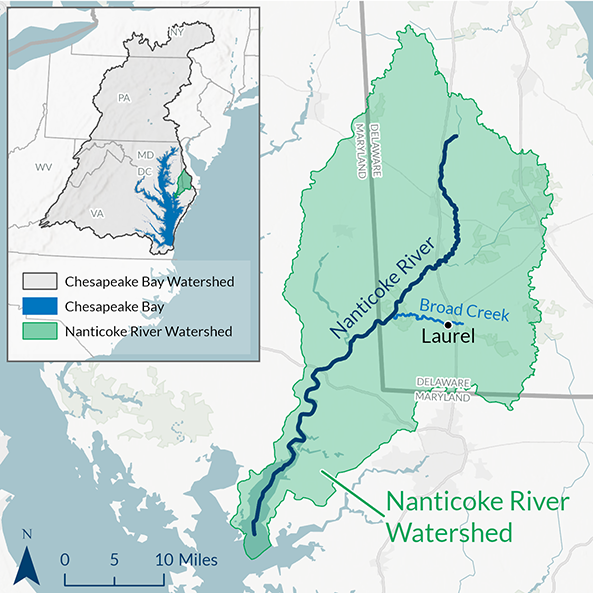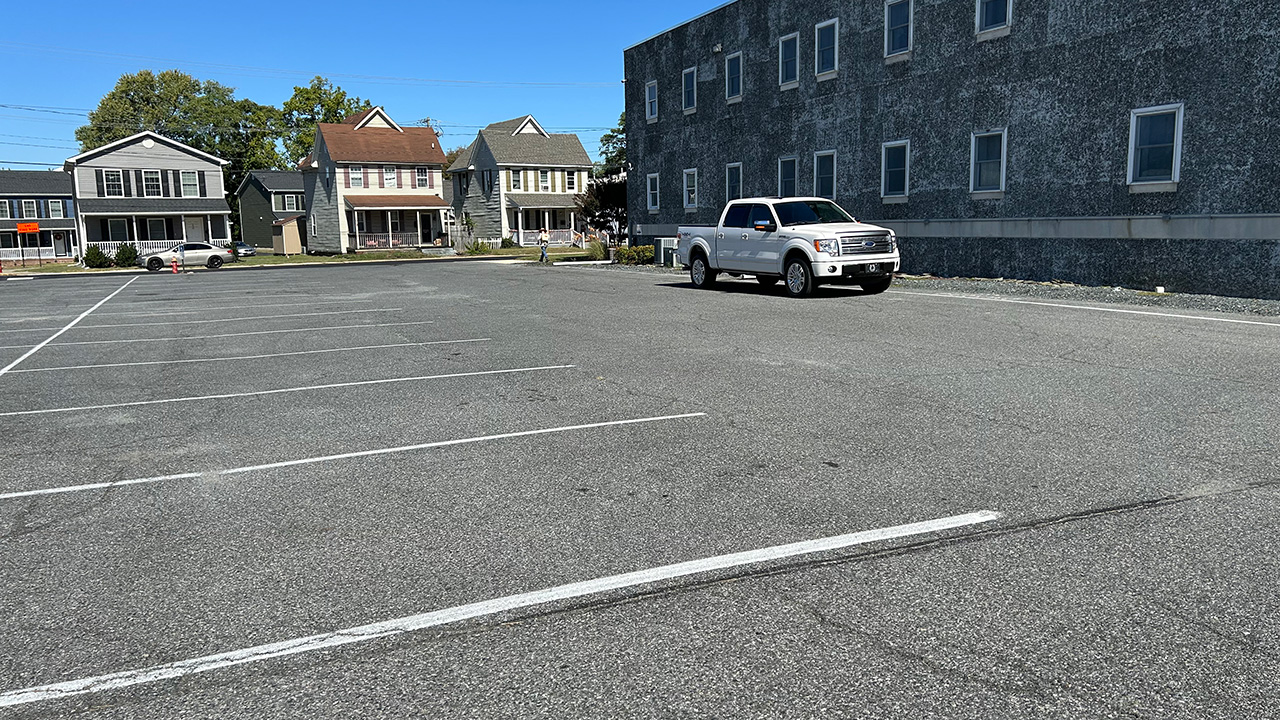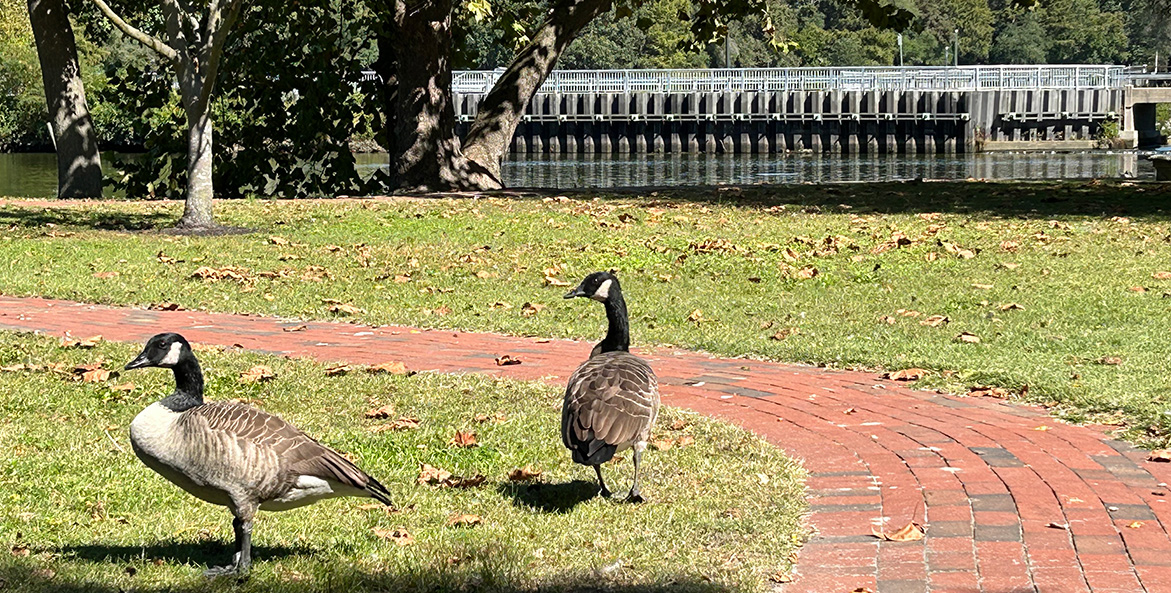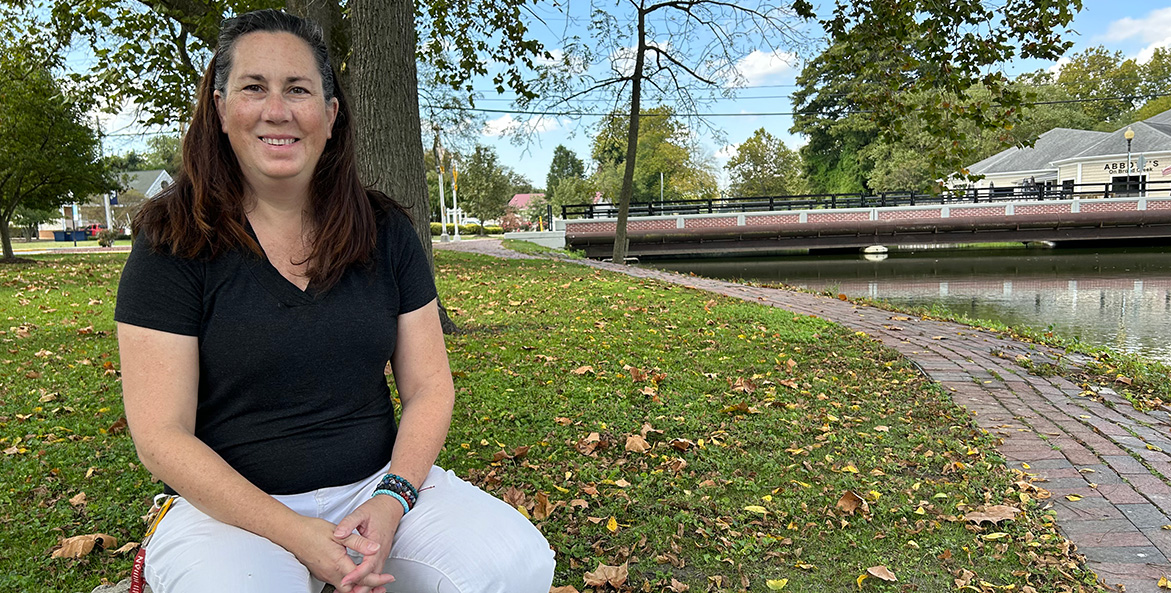This is the fifth blog in a series about the great clean water work that is happening upriver in West Virginia, Delaware, and other states that don’t directly border the Bay. Much of the funding and resources for this critical work are only made possible through the landmark 40-year Bay partnership, a collaborative effort between states, the federal government, and local partners to reduce pollution and restore habitats across our remarkable watershed.
As a founder of the local economic development group, Don Phillips knows how important a healthy Broad Creek is to the future of Laurel, Delaware. His years on the town council made him an expert at financing capital projects. And as a member of Centenary Church, Phillips can see that its sprawling parking lot needs a facelift.

Map of Broad Creek and the Nanticoke River.
Chesapeake Bay Foundation
So when he saw the chance to use grant money from EPA’s Chesapeake Bay Program to help revitalize downtown Laurel, protect Broad Creek—a Bay tributary—and demonstrate the value of green infrastructure at the same time, Phillips jumped on it.
Phillips teamed up with Lisa Wool, director of a group dedicated to protecting the Nanticoke River, and Laurel Town Manager Jamie Smith. Instead of simply expanding and repaving an expanse of asphalt, they urged the church to create a showcase for using rain gardens, cisterns, and other nature-based features to prevent polluted stormwater from running off the blacktop into nearby Broad Creek.

Thanks to Bay restoration grant funds, Centenary United Methodist Church is planning to turn this sterile parking lot into a showcase that will demonstrate how rain gardens, cisterns, and other nature-based "green infrastructure" features can reduce stormwater runoff into nearby Broad Creek.
Lisa Caruso/CBF Staff
Bay Connection Brings Grant Funds
Broad Creek flows into the Nanticoke River, which empties into the Chesapeake Bay. Local water quality projects that also reduce pollution entering the Bay, like the church parking lot makeover, are eligible for state and federal grants that support restoring the Bay and its rivers, creeks, and streams.
“To be honest, I was being opportunistic,” Phillips said. He knew the environmentally friendly design would align perfectly with The Ramble, the town’s larger vision for making the Broad Creek waterfront the centerpiece of a greener, more walkable downtown that draws families and visitors to its banks.
The Laurel Redevelopment Corporation, the group Phillips and other town leaders formed more than 30 years ago to revive downtown and the waterfront, is a key player bringing The Ramble to life. Phillips said that creating a green parking lot would also give the historic church, a large downtown landowner, a chance “set an example of how to do things the right way” to be good stewards of Laurel’s most valuable natural resource.

A planned living shoreline will keep waste from Canada geese and other polluted sediment from Laurel's Janosik Park out of Broad Creek.
Lisa Caruso/CBF Staff
Fighting Erosion and Water Pollution
A few blocks away at Janosik Park, where The Ramble begins, Wool’s group, the Nanticoke Watershed Alliance (NWA) is using another Bay grant to create a living shoreline of native plants along a severely eroded stretch of Broad Creek’s bank.
The project will also provide habitat for native wildlife. And it will reduce sediment runoff, including droppings from Canada geese that congregate in the park, by more than 60 tons annually.
We’re part of a system and we have responsibilities bigger than just tomorrow in our own town.
Wool said NWA has been working to help the town and the state of Delaware meet their pollution reduction targets under the 2014 Chesapeake Bay Watershed Agreement. Delaware, the other five watershed states, and the District of Columbia committed to meeting an array of goals for restoring the Bay ecosystem by 2025.
The seven jurisdictions are on track to meet 18 of their 31 targets on time. On December 10, their leaders, EPA officials, and the head of the Chesapeake Bay Commission, renewed their commitment to working together to save the Bay and pledged to update the agreement using the latest science before the deadline passes at the end of next year.
Wool said NWA wanted to “help bring some Bay funds” to The Ramble redevelopment effort to “make sure that habitat and water quality and erosion [control] are incorporated into the plans in a nice environmental way.”
NWA has already planted hundreds of native trees and vegetation in Janosik Park and Tidewater Park, a new nature-based playground also located on the south bank of Broad Creek.
“In an area like this, where it’s a city park, we try to make it look more like a landscaped area but with natives,” Wool said of the living shoreline project. “We do a lot of color with irises. There’s some purple, some yellow. There [are] scarlet flowers, a nice red, and some nice native grasses as well. But all native plants will be used to fill in this area.”
The Bigger Picture
The Janosik Park living shoreline, the Centenary Church green parking lot, and The Ramble will all benefit Laurel and the protect the beloved waterway that runs through it. That’s probably enough for the community, Phillips figures.
But for him, the projects are part of a bigger picture that he wants more residents to appreciate. Phillips represents Delaware on the committee that advises the Chesapeake Executive Council on working with local governments. The Executive Council determines the policy direction of the federal-state Bay restoration partnership.
“This has been my life for the last 10 or 15 years, making them understand that our clean water and our recreation and our tree canopy and our fish are the same ones that are living or dying because of what’s going into the Chesapeake Bay,” Phillips said.
“We do have some responsibility to the Bay,” he added. “We’re part of a system and we have responsibilities bigger than just tomorrow in our own town.”

Washington, D.C. Communications & Media Relations Manager, CBF
[email protected]
202-793-4485



